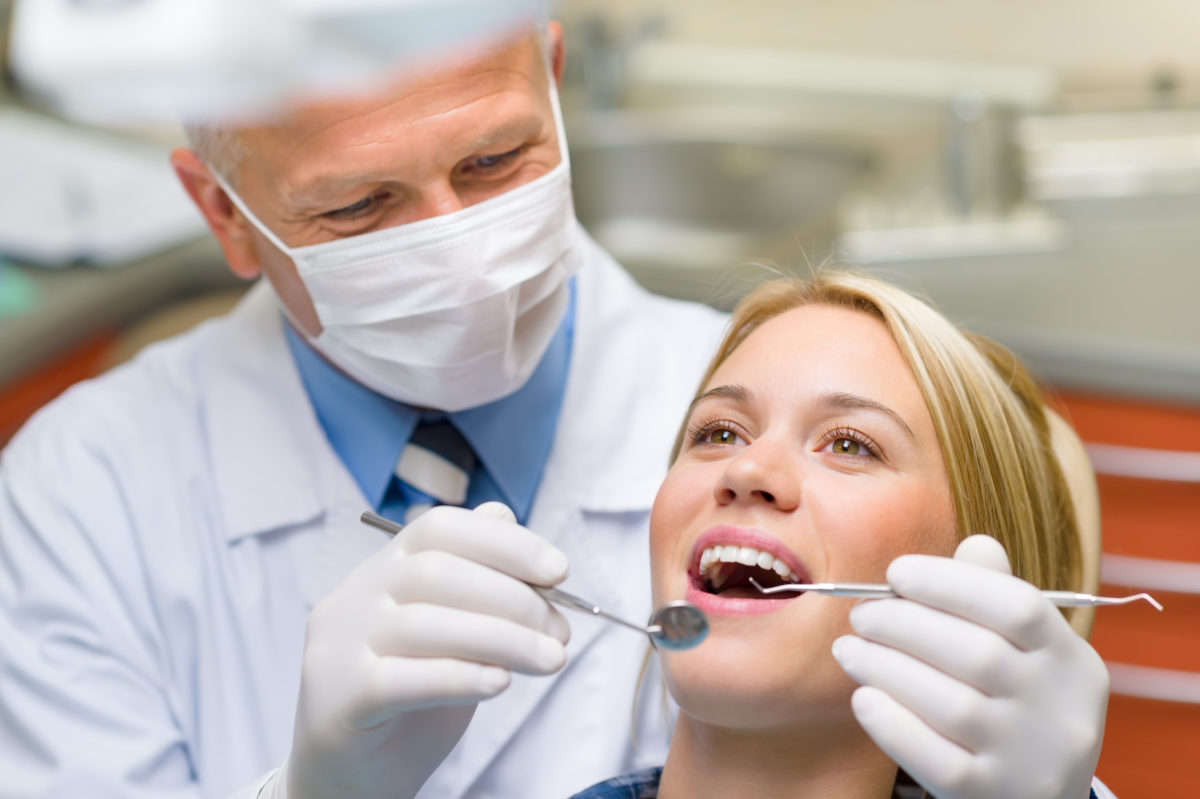The Ultimate Guide To Legacy Orthodontics
The Ultimate Guide To Legacy Orthodontics
Blog Article
Legacy Orthodontics - An Overview
Table of ContentsThe 45-Second Trick For Legacy OrthodonticsThings about Legacy OrthodonticsIndicators on Legacy Orthodontics You Need To Know4 Easy Facts About Legacy Orthodontics ExplainedWhat Does Legacy Orthodontics Do?
In enhancement, we provide adjustable treatment schedules, flexible repayment options and an enjoyable, delightful experience.An orthodontist is a dental expert educated to diagnose, prevent, and treat teeth and jaw abnormalities. Orthodontists work with individuals of all ages, from children to grownups.
Malocclusion, or misaligned teeth, can bring about oral problems, consisting of dental caries, gum tissue illness, and hard or excruciating chewing. However not every person is birthed with straight teeth. If you have a bad bite or big rooms between your teeth, you may intend to speak with a dental practitioner specializing in orthodontic care.
Indicators on Legacy Orthodontics You Should Know
( Picture Debt: DigitalVision/Getty Images) Orthodontists utilize fixed and removable dental tools, like braces, retainers, and bands, to change the position of teeth in your mouth. Orthodontic therapy is for oral abnormalities, consisting of: Misaligned teethBite issues, like an overbite or an underbiteCrowded teeth or teeth that are also much apartJaw misalignmentThe goal of orthodontic therapy is to enhance your bite.
A healthy and balanced bite guarantees you can consume, chew, and talk correctly. While you could consider orthodontists as mainly for kids or teenagers who require dental braces, they can correct oral troubles at any age. Orthodontists attend university, oral college, and orthodontic institution. After college graduation, they spend 2 or 3 years in an orthodontic residency program.
All orthodontists are dental professionals, however not all dental experts are orthodontists. Orthodontic residency programs offer intensive, concentrated instruction for dental professionals. They concentrate on two areas: How to effectively and securely relocate teeth Exactly how to properly lead advancement in the teeth, jaw, and faceOnce an orthodontist has completed training, they have the choice to become board accredited.
Not known Facts About Legacy Orthodontics
Misalignment, or malocclusion, is the most typical factor individuals see an orthodontist. It is genetic and is the outcome of dimension distinctions in between the top and lower jaw or between the jaw and teeth. Malocclusion leads to tooth congestion, an irregular jaw, or irregular bite patterns. Malocclusion is normally treated with: Your orthodontist attaches metal, ceramic, or plastic square bonds to your teeth.
Some individuals require a headgear to help move teeth right into line with pressure from outside the mouth. A retainer is a personalized tool that keeps your teeth in location.
They can create added room in the mouth without having to draw teeth. Orthodontists use cables, surgical screws, or plates to support your jaw bone.
You might require to see an orthodontist if you have: Crowding or not adequate area for all of your teethOverbite, when your top teeth come over your base teethUnderbite, when your bottom teeth are also much forwardSpacing or problems with gapsCrossbite, which is when your top teeth fit behind your base teeth when your mouth is closedOpen bite or a vertical void in between your front bottom and upper teethMisplaced midline, when the center of your base and top teeth do not align Correcting an oral malocclusion can: Make attacking, chewing, and talking easierImprove the proportion of our face and your total appearanceEase pain from temporomandibular joint problemsDifferent your teeth and make them less complicated to clean up, assisting prevent dental caries or cavities It's typically a dentist who initially notices misaligned teeth during a routine test.
The Facts About Legacy Orthodontics Uncovered

During your initial orthodontic appointment, you'll likely have: A dental examPhotos taken of your face and smileDental X-raysPanoramic (360 degree) X-rays of your face and headImpressions to develop molds of your teethThese tests will help your orthodontist understand how to additional hints wage your treatment. orthodontics. An orthodontist is a dental professional who's had training to treat your teeth and jaw
Orthodontists may carry out surgery, exams,X-rays,and more to help you achieve a much more comfortable, much healthier smile. An orthodontist is concentrated on your bite, so something like a chipped tooth would certainly be taken care of by a dental expert. Orthodontists are dental professionals yet not all dentists are orthodontists. Orthodontists are concentrated on your bite, or the method your teeth meshed, and the straightness of your teeth.
Ever before wondered just how stars always seem to have completely straightened teeth? Orthodontists are oral experts who focus on fixing abnormalities in the teeth and jaws.
Rumored Buzz on Legacy Orthodontics

While dental braces are one of the most commonly identified orthodontic treatment, orthodontists have a diverse toolkit at their disposal. The particular technique selected depends on the severity of the case, the person's age, and private choices. These tried-and-true dental braces use a system of braces bonded to the teeth and linked by wires.
These removable trays are custom-made to considerably change the teeth's placement. In cases of slim jaws, palatal expanders can be made use of to produce room for appropriate tooth alignment.
Report this page